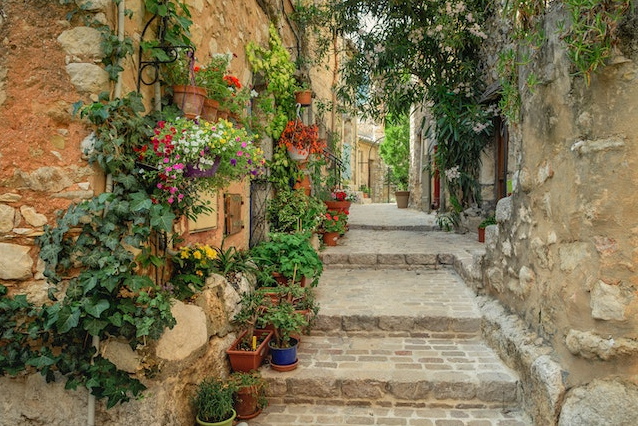Color Theory in Landscaping
If you want to take your landscape design to the next level, incorporating a color scheme, this opens up a rainbow of possibilities to transform your space. But how can you be sure that you are taking advantage of the color theory in landscaping?
Next, you will be covering the basics of the color theory, potential color schemes, and the many ways you can make color work for you.


